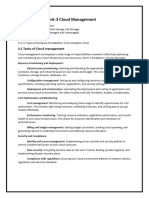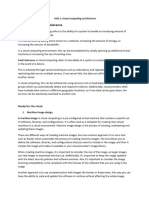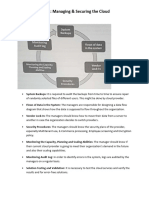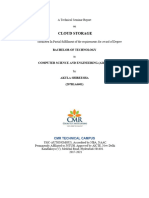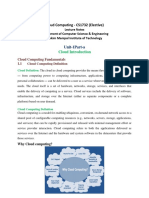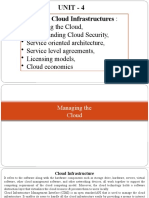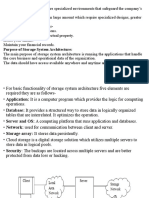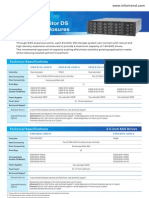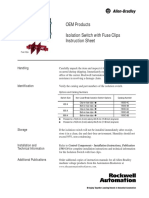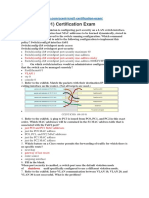0% found this document useful (0 votes)
25 views12 pagesUnit - 3
The document outlines the essential aspects of cloud management, including tasks, storage devices, and virtualization. It discusses the need for effective cloud management to ensure performance, security, and scalability, as well as the differences between managed and unmanaged cloud storage. Additionally, it covers the role of hypervisors in cloud virtualization, highlighting their types and functions in resource allocation and management.
Uploaded by
muskansh7860Copyright
© © All Rights Reserved
We take content rights seriously. If you suspect this is your content, claim it here.
Available Formats
Download as DOCX, PDF, TXT or read online on Scribd
0% found this document useful (0 votes)
25 views12 pagesUnit - 3
The document outlines the essential aspects of cloud management, including tasks, storage devices, and virtualization. It discusses the need for effective cloud management to ensure performance, security, and scalability, as well as the differences between managed and unmanaged cloud storage. Additionally, it covers the role of hypervisors in cloud virtualization, highlighting their types and functions in resource allocation and management.
Uploaded by
muskansh7860Copyright
© © All Rights Reserved
We take content rights seriously. If you suspect this is your content, claim it here.
Available Formats
Download as DOCX, PDF, TXT or read online on Scribd
/ 12
